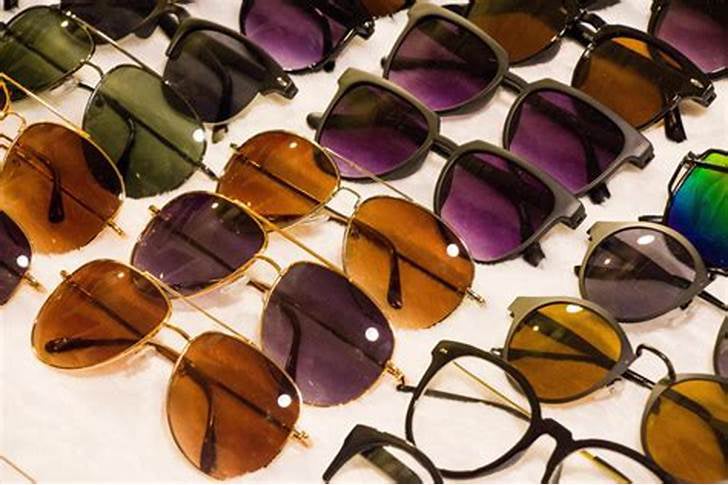The History and Evolution of Eyewear
Eyewear has come a long way since its inception. From simple reading stones to high-tech smart glasses, the evolution of eyewear is a testament to human ingenuity and innovation. In this article, we'll take a journey through time and explore the history and evolution of eyewear, from its humble beginnings to its current status as a fashion statement and technological marvel.
The earliest known form of eyewear dates back to ancient Rome, where reading stones were used to magnify text. These stones were made of glass or crystal and were placed on top of the text to enlarge the letters. However, it wasn't until the 13th century that the first wearable eyeglasses were invented in Italy. These early glasses consisted of two magnifying lenses mounted in a frame that could be worn on the nose.
Over the centuries, eyewear has evolved to meet the changing needs and preferences of society. In the 18th century, glasses became more widely available and affordable, leading to an increase in their popularity. During this time, glasses were often made with elaborate frames and decorative elements, reflecting the fashion trends of the era.
The 20th century saw significant advancements in eyewear technology, with the development of new materials and manufacturing techniques. Plastic frames became popular in the mid-20th century, offering a lightweight and durable alternative to traditional metal frames. Additionally, the invention of progressive lenses in the 1950s revolutionized the eyewear industry by providing a seamless transition between different lens powers.
Today, eyewear is not only a functional necessity but also a fashion statement. Designer frames, unique shapes, and bold colors are just a few of the ways that people express their personal style through their eyewear. Additionally, advancements in technology have led to the development of smart glasses, which offer features such as augmented reality, virtual assistants, and health monitoring.
